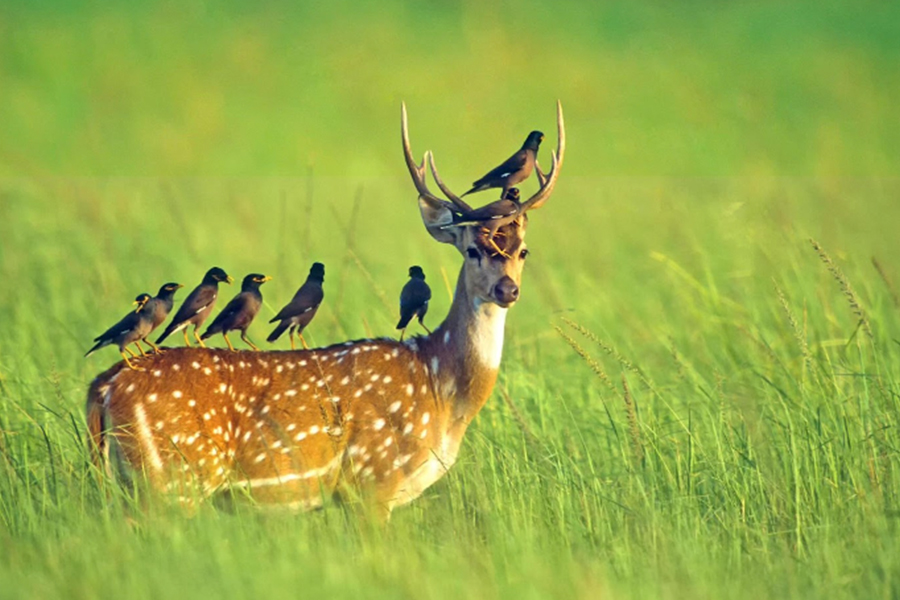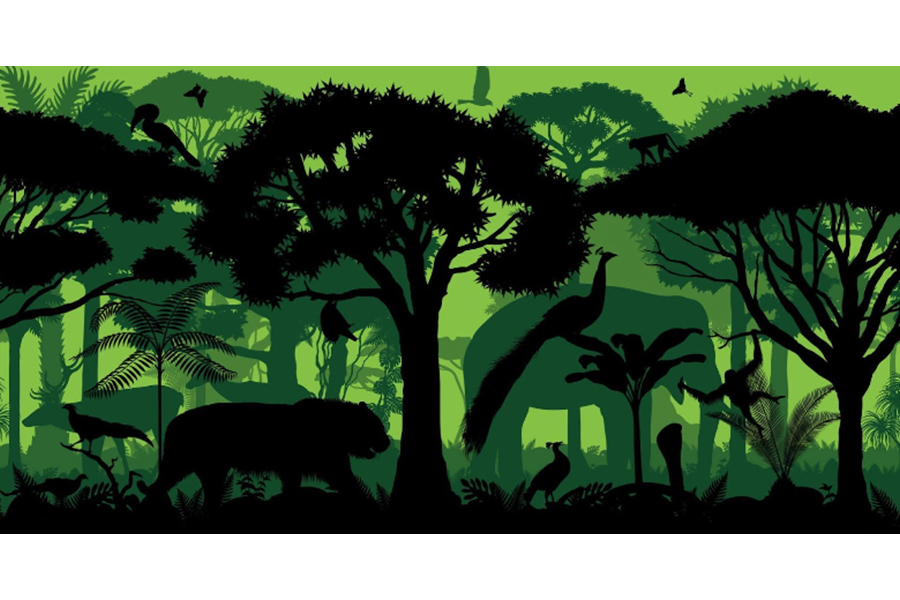When there are plenty of endangered animal species around the planet, then it can impact us in several ways, such as:
- Spanning ecosystem disruption
- Economic repercussions
- Impacts on human health
- Cultural importance
- Climate regulation.
When it is noticed that the animal kingdom is dwindling, then it can end up with the following issues:
- Ecosystem imbalances
- Economic consequences
- The erosion of cultural and ecological services may affect both the planet and human societies.
There is an act which is known as the Endangered Species Act (ESA) of 1973, which has been enacted to protect the animal species that are on the verge of extinction and their ecosystems, promoting recovery and conservation efforts.
The Trump administration proposed measures to weaken the Endangered Species Act (ESA), such as:
- Considering economic impacts in enforcement
- No longer automatically granting threatened species equal protection as endangered ones
- Facilitating the removal of species from the endangered list.
These measures raised concerns about the act’s effectiveness in preserving imperiled species and their habitats.
The Endangered Species Act has long faced opposition from various industries, including:
- Construction
- Development
- Logging
- Fossil fuel extraction.
All argued that it hinders economic growth. In a single year, there were 24 measures and spending bill riders introduced by Republicans in Congress and the Trump administration, reflecting ongoing efforts to weaken the act’s protections for imperiled species and their habitats.

How these endangered species become endangered
An endangered species is a plant or animal at risk of extinction. Different endangerment levels exist, but being listed as endangered requires conservation efforts to protect these species from disappearing entirely from the planet.
There are several factors that might lead to a species being endangered, including:
-
Habitat loss
One of the main reasons for endangerment is this. Animals suffer greatly when they lose their environment, whether it is due to natural disasters or human-caused forest clearing. Because they depend on their habitat to survive, both plants and animals are susceptible to harm or extinction.
-
Human exploitation
Unfortunately, in order to profit, people frequently exploit uncommon animals or plants. Elephant ivory and rhinoceros’ horns are two examples of this.
-
Natural competition
Competition between plants and animals is common, whether it is for resources like food, water, or habitat. The weaker species may become endangered if it dominates the other.
-
Displacement
This and habitat loss are comparable. In the event of a natural disaster or human activities disrupting their environment, certain species may attempt to relocate. Frequently, the species might not be able to adjust to the alteration sufficiently to endure.
-
Disease
Animals and plants are equally susceptible to disease as people are. Consider COVID-19, which has regrettably impacted a sizable segment of the human population. When a disease affects a species of plant or animal, the same thing occurs.
-
Invasive species
Species that are not native to an ecosystem are considered invasive. Invasive species can make it difficult for native species to survive when they are introduced because they take up their environment.
Overharvesting, pollution, habitat destruction, climate change, and other factors can significantly contribute to the endangerment of species. Addressing these threats through conservation efforts, sustainable practices, and environmental protection is crucial in the fight to preserve endangered species and their habitats.





